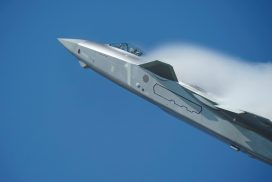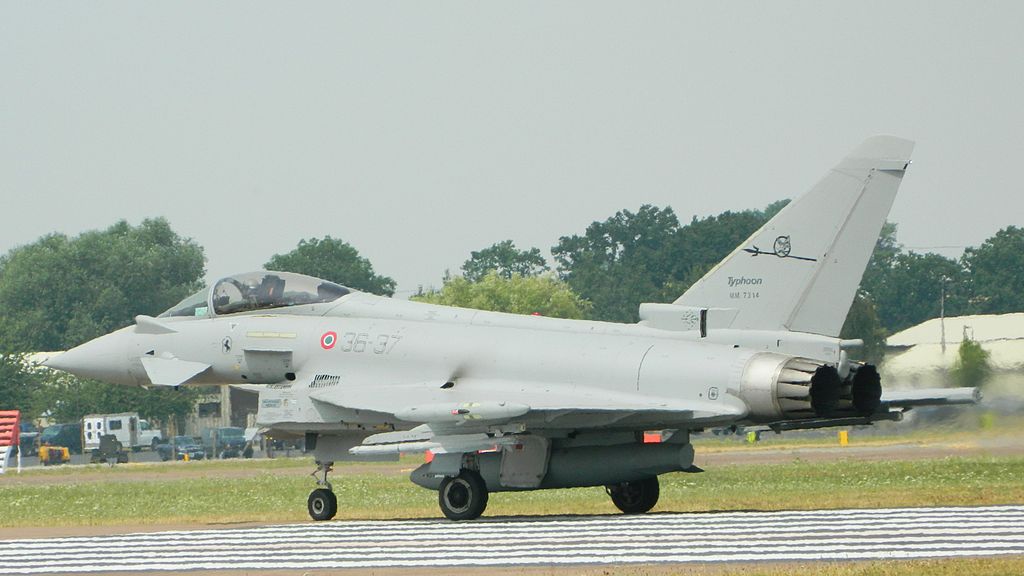NEW DELHI — Indian and Israeli companies have teamed up to convert India’s Lakshya pilotless aircraft into a cruise missile, sources in the Indian Defence Ministry confirmed.br /The proposed Lakshya cruise missile would carry a payload of 350 kilograms up to 600 kilometers, and the project is already under way. The Indian government has sanctioned $150 million for the project, sources said.br /India’s Aeronautical Developmental Establishment (ADE) and Israel Aerospace Industries (IAI) are now working on three prototype cruise missiles that could be reused 10 times.br /IAI officials here refused to comment.br /ADE, Bangalore, is India’s sole UAV development laboratory under the state’s Defence Research and Development Organization (DRDO). A senior DRDO scientist said the organization submitted the Lakshya cruise missile proposal to the government last October.br /Meanwhile, IAI and ADE have chosen the TRDD 50 MT engine made by Russian company NPO Saturn to power the proposed missile. The ADE is likely to carry out lab trials of Lakshya with the engine next year. DRDO scientists said full-fledged trials of three prototypes will be conducted by next July.br /The ADE will acquire 200 engines over the next five years if the laboratory trials are successful, the DRDO scientist said.br /NPO Saturn has already agreed to supply rocket engines for the project under a $100 million deal, Indian defense sources said. The engines, originally designed for Soviet cruise missiles, will have a thrust of 500 kilograms. They will be upgraded to provide several hours of flight time, compared with the current 45 minutes.br /However, Defence Ministry officials did not confirm whether the engine deal has been finalized because of concerns it violates Missile Technology Control Regime restrictions on air vehicles traveling more than 300 kilometers. India is not a regime signatory, but Russia is.br /DRDO officials claim the engines are being bought for a UAV, not a cruise missile.br /Lakshya was inducted into the Indian Air Force in 2000, and an advanced version was tested early this year, the DRDO scientist said.br /Lakshya was conceived by the DRDO in 1976 as a subsonic, remotely piloted, reusable aerial target system. The turbojet system can be launched from land or ship and be controlled from as far away as 100 kilometers.br /India and Israel also are co-developing advanced cruise missiles under the Sagarika project, which will be nuclear-capable with a range of up to 1,000 kilometers. The BrahMos supersonic cruise missile is produced jointly between India and Russia, and the Indian Navy also has Russian Klub cruise missiles.br /Last year, Pakistan test-fired its homegrown cruise missile, Babur, accelerating the pace of cruise missile development here.
Menu
Copyright © 2007- 2025 • Defence Aviation • All Rights Reserved. Reproduction without explicit permission is prohibited.



